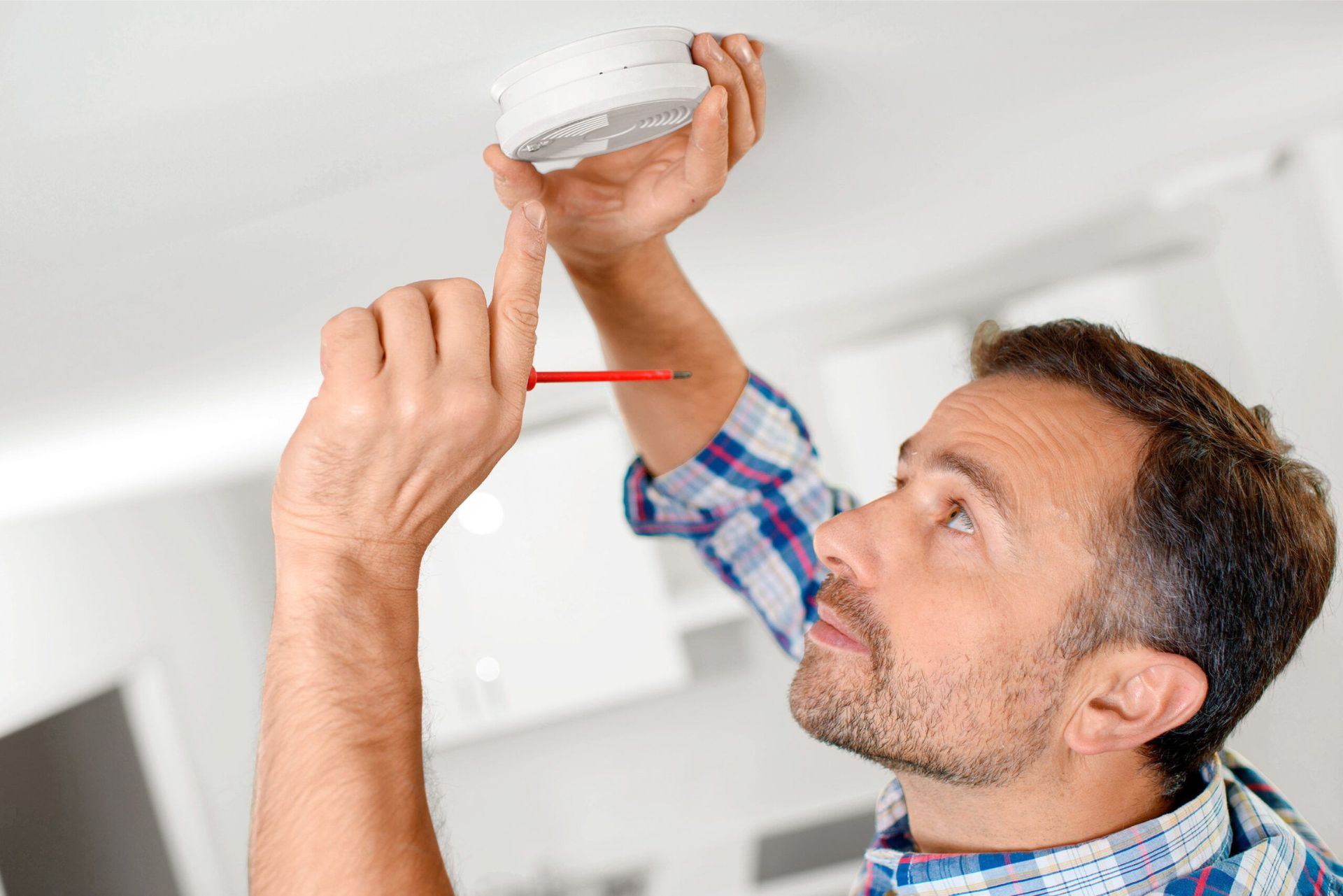

Articles
How Do You Reset A Smoke Detector
Modified: February 24, 2024
Learn how to reset a smoke detector easily with these helpful articles. Discover step-by-step instructions and troubleshooting tips for a quick and hassle-free reset process.
(Many of the links in this article redirect to a specific reviewed product. Your purchase of these products through affiliate links helps to generate commission for Storables.com, at no extra cost. Learn more)
Introduction
Welcome to this comprehensive guide on how to reset a smoke detector. Smoke detectors are a crucial safety feature in every home, as they alert us to the presence of smoke and potential fire hazards. However, there are times when smoke detectors may need to be reset due to false alarms, battery replacements, or sensor malfunctions.
Understanding how to properly reset a smoke detector is important to ensure its continued functionality and reliability. In this article, we will dive into the inner workings of smoke detectors, the reasons why you may need to reset them, and provide step-by-step instructions on how to reset them effectively.
Key Takeaways:
- Understanding the reasons for resetting a smoke detector, such as false alarms, battery replacements, and sensor malfunctions, is crucial for maintaining a safe and reliable home environment.
- Following the step-by-step reset process and regularly testing and maintaining smoke detectors are essential for ensuring their optimal functionality and the safety of occupants.
Read more: How To Reset An ADT Smoke Detector
Understanding Smoke Detectors
Before we delve into the reset process, it is essential to have a basic understanding of how smoke detectors work. Smoke detectors are electronic devices designed to detect the presence of smoke particles in the air, which could indicate a potential fire. They are equipped with sensitive sensors that can detect different types of smoke particles, including those produced by smoldering fires or fast-burning flames.
There are two main types of smoke detectors: ionization smoke detectors and photoelectric smoke detectors. Ionization smoke detectors use a small amount of radioactive material to ionize the air inside the detector. When smoke enters the chamber, it disrupts the ions, triggering the alarm. Photoelectric smoke detectors, on the other hand, use a beam of light that, when interrupted by smoke particles, triggers the alarm.
Reasons to Reset a Smoke Detector
There are a few common reasons why you may need to reset a smoke detector:
False Alarms:
Smoke detectors can sometimes go off due to false alarms, triggered by cooking smoke, steam, or even dust particles in the air. Resetting the smoke detector can help extinguish the false alarm and prevent unnecessary disturbance.
Battery Replacement:
Smoke detectors are usually powered by batteries, and it is necessary to replace the batteries periodically to ensure their proper functioning. When replacing the batteries, resetting the smoke detector may be required to sync the new battery with the device.
Read more: How Do You Replace A Smoke Detector
Malfunction or Sensor Issues:
In some cases, smoke detectors may experience malfunctions or sensor issues, which can cause false alarms or failure to detect actual smoke. Resetting the smoke detector can help recalibrate the sensors and resolve any technical issues.
Now that we understand why it may be necessary to reset a smoke detector, let’s move on to the steps involved in the reset process.
Key Takeaways:
- Understanding the reasons for resetting a smoke detector, such as false alarms, battery replacements, and sensor malfunctions, is crucial for maintaining a safe and reliable home environment.
- Following the step-by-step reset process and regularly testing and maintaining smoke detectors are essential for ensuring their optimal functionality and the safety of occupants.
Read more: How To Reset An ADT Smoke Detector
Understanding Smoke Detectors
To effectively reset a smoke detector, it is important to have a clear understanding of how these devices work and the different types of smoke detectors available.
How Smoke Detectors Work
Smoke detectors are designed to detect the presence of smoke in the air, which can indicate a potential fire. When smoke particles enter the detector, they disrupt the normal functioning of the sensors, which triggers the alarm to alert occupants of a potential fire hazard.
There are two primary types of smoke detectors: ionization smoke detectors and photoelectric smoke detectors.
Ionization Smoke Detectors:
Ionization smoke detectors work by using a small amount of radioactive material, typically Americium-241, to ionize the air inside the detector. This creates a small electrical current between two electrodes. When smoke particles enter the detector, they disrupt the current, triggering the alarm.
Ionization smoke detectors are highly sensitive to smaller smoke particles that are produced by fast-burning fires. They are particularly effective at detecting rapidly spreading flames.
Photoelectric Smoke Detectors:
Photoelectric smoke detectors use a beam of light and a light-sensing sensor to detect smoke particles. The detector emits a constant beam of light, and when smoke enters the chamber, it scatters the light particles, which triggers the alarm.
Photoelectric smoke detectors are more effective at detecting larger smoke particles produced by smoldering fires. These types of fires tend to provide a longer period of warning before the flames spread, making photoelectric smoke detectors suitable for detecting slow-burning or smoldering fires.
Types of Smoke Detectors
In addition to ionization and photoelectric smoke detectors, there are other types of smoke detectors available on the market:
Dual Sensor Smoke Detectors:
Dual sensor smoke detectors combine both ionization and photoelectric technologies in a single device. This provides a higher level of detection capability as it can recognize both fast-burning fires and smoldering fires.
Heat Detectors:
Heat detectors are designed to detect the rise in temperature caused by a fire. They are typically installed in areas where smoke detectors might not be suitable, such as kitchens or garages, where smoke from cooking or vehicle exhaust can cause false alarms.
Combination Smoke and Carbon Monoxide Detectors:
These detectors are equipped to detect both smoke and carbon monoxide, a colorless and odorless gas that is toxic to humans. These combination detectors provide an added level of safety by alerting occupants to both smoke and the presence of carbon monoxide in the air.
Understanding the different types of smoke detectors and their functioning is essential in troubleshooting and resetting them effectively. Now that we have a better understanding of smoke detectors, let’s explore the reasons why you may need to reset a smoke detector and the step-by-step process to do so.
Reasons to Reset a Smoke Detector
There are several common reasons why you may need to reset a smoke detector. Let’s explore these reasons in detail:
False Alarms
One of the most common reasons for resetting a smoke detector is false alarms. False alarms can occur due to various reasons, such as cooking smoke, steam from showers, or dust particles in the air. While false alarms are an inconvenience, they are a sign that your smoke detector is working properly by detecting potential hazards in the environment. However, resetting the smoke detector is necessary to silence the alarm and return it to its normal functioning state.
Battery Replacement
Smoke detectors are typically powered by batteries, and it is crucial to replace them regularly to ensure the continued functionality of the device. When the battery in a smoke detector is low or depleted, it often emits a chirping sound as a reminder to replace the battery. After replacing the battery, it may be necessary to reset the smoke detector to ensure a proper connection and synchronization with the new battery. This step is essential for the smoke detector to function effectively and provide accurate detection of smoke particles in the air.
Malfunction or Sensor Issue
In some cases, smoke detectors may experience malfunctions or sensor issues. These malfunctions can result in false alarms, failure to detect smoke, or no response at all. Resetting the smoke detector can help resolve these issues by recalibrating the sensors and returning the device to its normal working condition. If you find that your smoke detector is consistently malfunctioning or not functioning at all, it may be necessary to consult the manufacturer’s instructions or contact a professional for further assistance.
Now that we understand the common reasons for resetting a smoke detector, let’s move on to the steps involved in resetting the device effectively to restore its proper functionality.
Steps to Reset a Smoke Detector
Resetting a smoke detector involves a series of steps to ensure that it is properly recalibrated and ready to detect any potential fire hazards. Here are the step-by-step instructions to reset a smoke detector:
Step 1: Turn Off Power
Before you begin resetting the smoke detector, it is essential to turn off the power to the device. Locate the circuit breaker or fuse that controls the electricity to the smoke detector and turn it off to avoid any electric shock or damage during the reset process.
Step 2: Remove the Smoke Detector from the Mounting Bracket
Gently remove the smoke detector from its mounting bracket or base. Most smoke detectors are designed to be easily detached by twisting or sliding the device in the designated direction. Be careful when handling the smoke detector to avoid accidentally triggering the alarm.
Step 3: Remove the Battery (If Applicable)
If your smoke detector is battery-operated, remove the battery from the device. This step ensures that the power source is disconnected to initiate a complete reset. Not all smoke detectors have removable batteries, as some are hardwired to the electrical system of the building.
Step 4: Press and Hold the Reset Button
Locate the reset button on the smoke detector. The reset button is typically a small, recessed button that may be labeled as “reset” or identified by a symbol. Press and hold the reset button for approximately 15-20 seconds. This action will discharge any residual power and reset the internal circuitry of the smoke detector.
Step 5: Reinstall the Battery (If Applicable)
If your smoke detector is battery-operated, reinsert the battery back into the compartment. Ensure that the battery is properly aligned with the designated polarity markings. Securing a fresh battery connection is vital for the smoke detector to function accurately. Skip this step if your smoke detector is hardwired.
Step 6: Reattach the Smoke Detector to the Mounting Bracket
Place the smoke detector back onto the mounting bracket or base. Align the device properly and twist or slide it into place until it clicks securely. Ensure that the smoke detector is firmly attached to the bracket to avoid any accidental falls or misalignment.
Step 7: Turn Power Back On
Finally, locate the circuit breaker or fuse that controls the power to the smoke detector and turn it back on. This step restores the electrical connection and allows the smoke detector to function properly. Once the power is restored, the smoke detector should complete its reset process and be ready to detect any potential smoke or fire hazards.
By following these step-by-step instructions, you can effectively reset a smoke detector and ensure its optimal performance for the safety of your home or building.
Read more: How To Smoke In A Room With A Smoke Detector
Testing the Reset Smoke Detector
After resetting a smoke detector, it is important to test its functionality to ensure that it is fully operational and capable of detecting smoke and potential fire hazards. Testing the smoke detector will give you peace of mind and confidence in its ability to keep you and your loved ones safe. Here are the steps to test the reset smoke detector:
Step 1: Notify Occupants
Prior to testing the smoke detector, inform the other occupants of the building or home about the test. This will prevent unnecessary panic or confusion when the smoke detector alarm is triggered during the testing process.
Step 2: Clear the Area
Make sure the immediate area around the smoke detector is clear of any objects or obstructions that could interfere with the detection of smoke particles. Move furniture, curtains, or any other items that may block the airflow and prevent the smoke from reaching the detector.
Step 3: Use a Testing Tool or Smoke Detector Test Spray
Most smoke detectors come with a built-in testing tool or a designated button for testing. Simply press the testing tool against the test button on the smoke detector. This will simulate the presence of smoke and trigger the alarm. If your smoke detector does not have a testing tool, you can purchase a smoke detector test spray from a hardware or home improvement store. Follow the instructions on the spray can to release a burst of simulated smoke near the smoke detector.
Step 4: Observe the Alarm and Sound
When the testing tool is pressed or the simulated smoke is sprayed near the smoke detector, observe the alarm to ensure it is activated and functioning properly. The smoke detector should emit a loud, audible alarm sound, indicating that it has detected the presence of smoke or simulated smoke.
Step 5: Monitor Alarm Duration
Monitor how long the smoke detector alarm continues to sound once it has been triggered. Most smoke detectors are designed to provide a continuous alarm until the smoke has dissipated or until the alarm is manually silenced.
Step 6: Reset the Smoke Detector
After the testing is complete, reset the smoke detector according to the previously mentioned steps specific to your smoke detector model.
Step 7: Regularly Test the Smoke Detector
It is crucial to regularly test the smoke detector to ensure its ongoing functionality. Experts recommend testing your smoke detector at least once a month to ensure that it is functioning properly and to familiarize yourself with the sound of the alarm.
By following these testing steps and conducting regular tests, you can ensure that your reset smoke detector is fully operational and capable of detecting smoke and potential fire hazards effectively.
Read more: What Does The Button On A Smoke Detector Do?
Maintaining and Troubleshooting Smoke Detectors
Maintaining and troubleshooting smoke detectors regularly is essential to ensure their proper functioning and reliability. Here are some maintenance tips and common issues you may encounter while using smoke detectors:
Regular Maintenance Tips
1. Test the Smoke Detector:
Test your smoke detector at least once a month by pressing the testing button or using a smoke detector test spray. This will verify that the alarm is loud and functioning properly.
Dust and debris can accumulate on the sensors over time, affecting their effectiveness. Gently clean the smoke detector by removing the outer cover and using a soft brush or compressed air to remove any dust or debris that may have accumulated. Avoid using cleaning agents or spraying directly into the smoke detector.
3. Replace Batteries Regularly:
If your smoke detector is battery-operated, replace the batteries according to the manufacturer’s recommendations or at least once a year. Regular battery replacement ensures that the smoke detector is always powered, reducing the risk of battery failure during an emergency.
4. Check and Clean Sensors:
Inspect the sensors for any signs of damage or obstruction. If you notice any damage, replace the smoke detector immediately. Also, ensure that the sensors are clear and free from any dirt, dust, or cobwebs that may interfere with their performance.
Common Issues and Troubleshooting
1. False Alarms:
If your smoke detector is experiencing frequent false alarms, check for any potential sources of interference such as cooking smoke or steam. Consider relocating the smoke detector away from kitchens or bathrooms to reduce false alarms. If the issue persists, the smoke detector may need to be replaced.
2. Chirping Sound:
A chirping sound typically indicates a low battery. Remove and replace the battery with a fresh one to eliminate the chirping noise. If the chirping continues after battery replacement, check for proper battery insertion and connection. If the issue persists, it may be time to replace the smoke detector.
3. Continuous Alarm:
If the smoke detector emits a continuous alarm without apparent cause, it may be due to environmental factors such as excessive dust, humidity, or insects. Clean the smoke detector and ensure there are no obstructions around it. If the problem persists, it may indicate a malfunction, and the smoke detector may need to be replaced.
4. No Alarm Activation:
If the smoke detector fails to activate the alarm during testing or in the presence of smoke, make sure the batteries are properly installed and functional. Check for any loose connections or sensor blockage. If the issue persists, the smoke detector may be faulty and should be replaced.
Remember, if you encounter persistent issues with your smoke detector or are unsure of how to troubleshoot a particular problem, consult the manufacturer’s instructions or contact a professional for assistance. Regular maintenance and prompt troubleshooting will help ensure that your smoke detectors are in optimal working condition and provide reliable fire detection for the safety of your home or building.
Conclusion
Smoke detectors are crucial safety devices that play a vital role in alerting us to the presence of smoke and potential fire hazards. Resetting a smoke detector is an essential task to ensure its proper functioning and reliability. By understanding how smoke detectors work, the reasons for resetting them, and following the step-by-step reset process, you can maintain a safe environment for yourself and your loved ones.
We explored the different types of smoke detectors, including ionization and photoelectric detectors, as well as dual sensor detectors, heat detectors, and combination smoke and carbon monoxide detectors. Each type has its own advantages and is designed to detect specific types of fires or hazards.
The reasons to reset a smoke detector range from false alarms and battery replacements to addressing malfunctions or sensor issues. False alarms can occur due to cooking smoke or steam, while regular battery replacement ensures the continuous operation of battery-powered smoke detectors. Resetting a smoke detector can help recalibrate the sensors and restore the device to proper working condition.
We provided a step-by-step guide for resetting a smoke detector, including turning off the power, removing the smoke detector, pressing and holding the reset button, and reinstalling the battery if applicable. It is crucial to follow these steps carefully to ensure a successful reset process.
Testing the reset smoke detector is an essential step to verify its functionality and performance. By using the testing tool or a smoke detector test spray, you can simulate the presence of smoke and observe the alarm activation. Regularly testing the smoke detector and conducting maintenance, such as cleaning the device and replacing batteries, are vital for reliable performance.
In the maintenance and troubleshooting section, we provided useful tips such as regular testing, cleaning, and sensor inspection. We also addressed common issues like false alarms, chirping sounds, continuous alarms, and lack of activation. Following these tips and troubleshooting steps will help ensure the proper functioning of your smoke detectors.
In conclusion, resetting a smoke detector is an important task that should not be overlooked. Regular maintenance, testing, and troubleshooting are crucial for the reliable performance of these life-saving devices. By staying proactive and informed, you can ensure that your smoke detectors are always ready to detect potential fire hazards and protect your home or building.
Frequently Asked Questions about How Do You Reset A Smoke Detector
Was this page helpful?
At Storables.com, we guarantee accurate and reliable information. Our content, validated by Expert Board Contributors, is crafted following stringent Editorial Policies. We're committed to providing you with well-researched, expert-backed insights for all your informational needs.
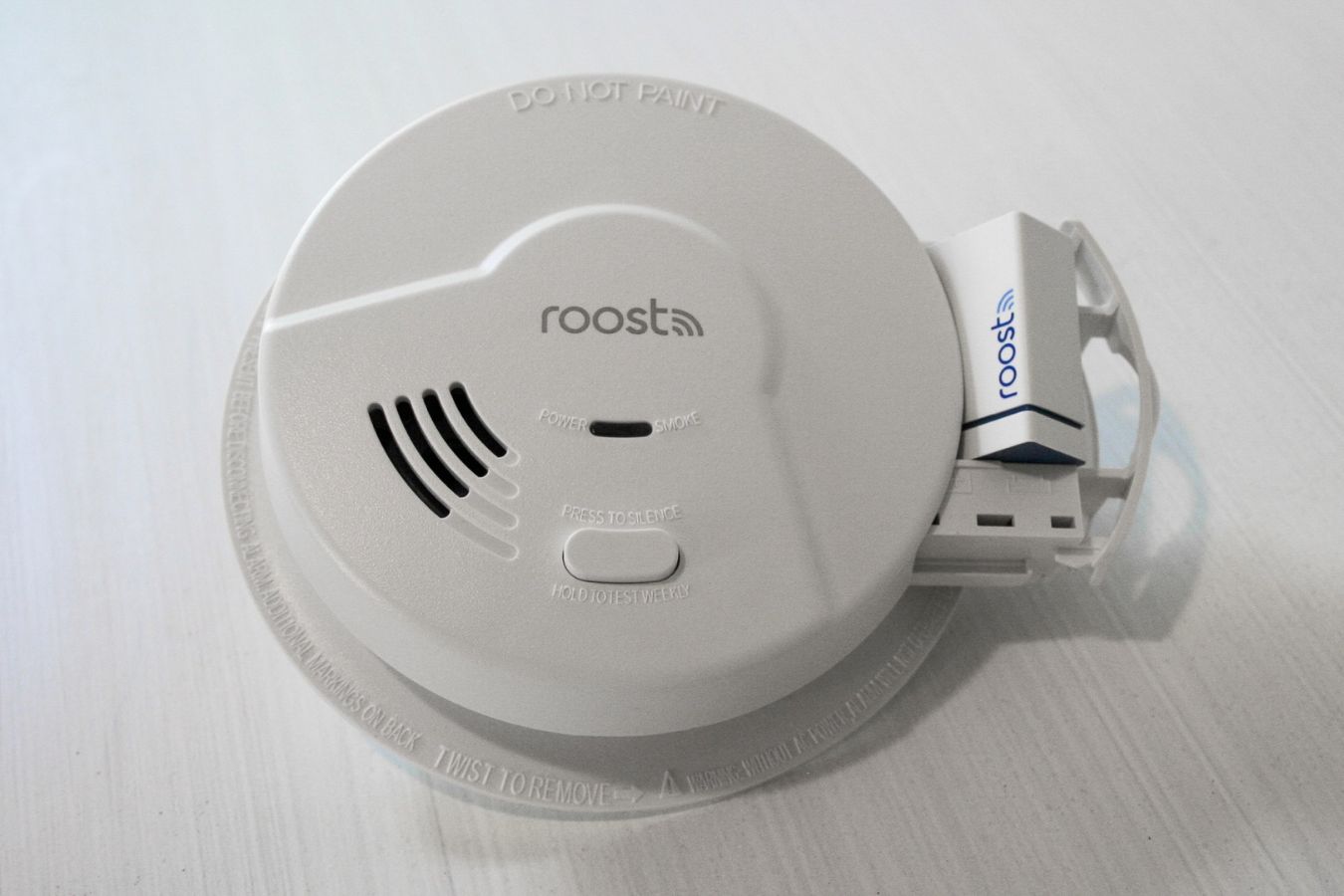
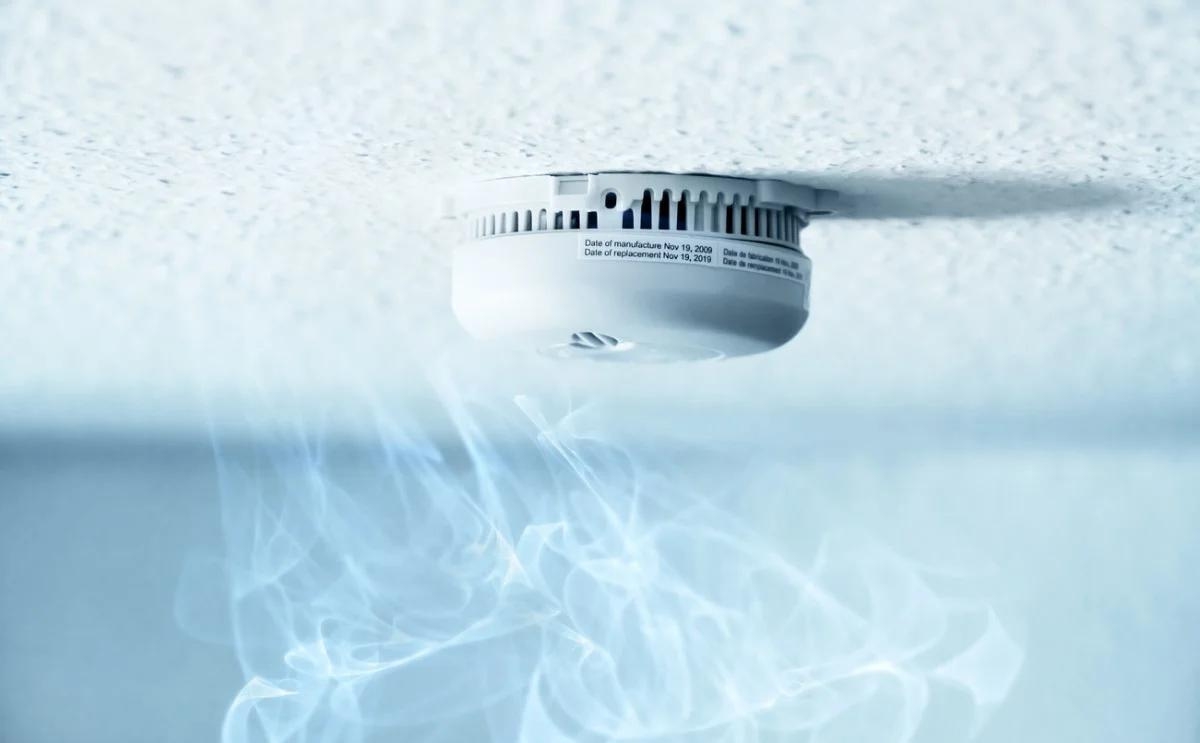
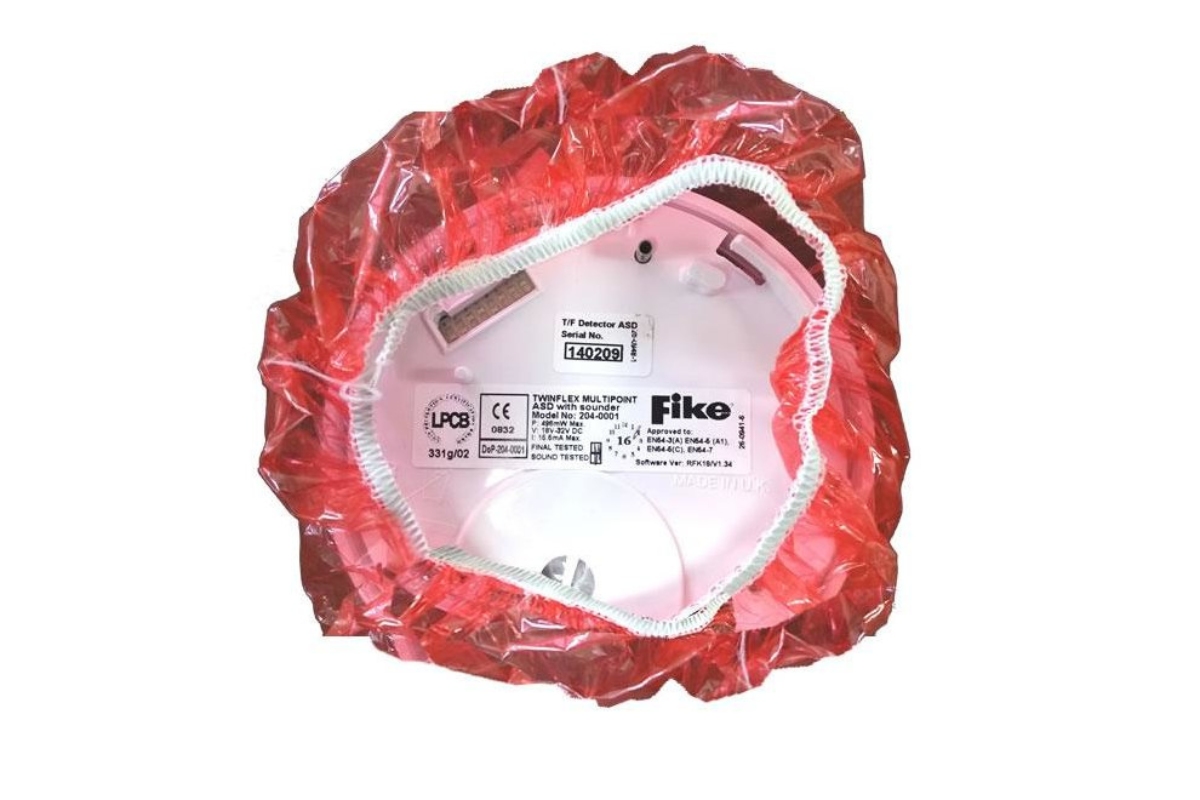
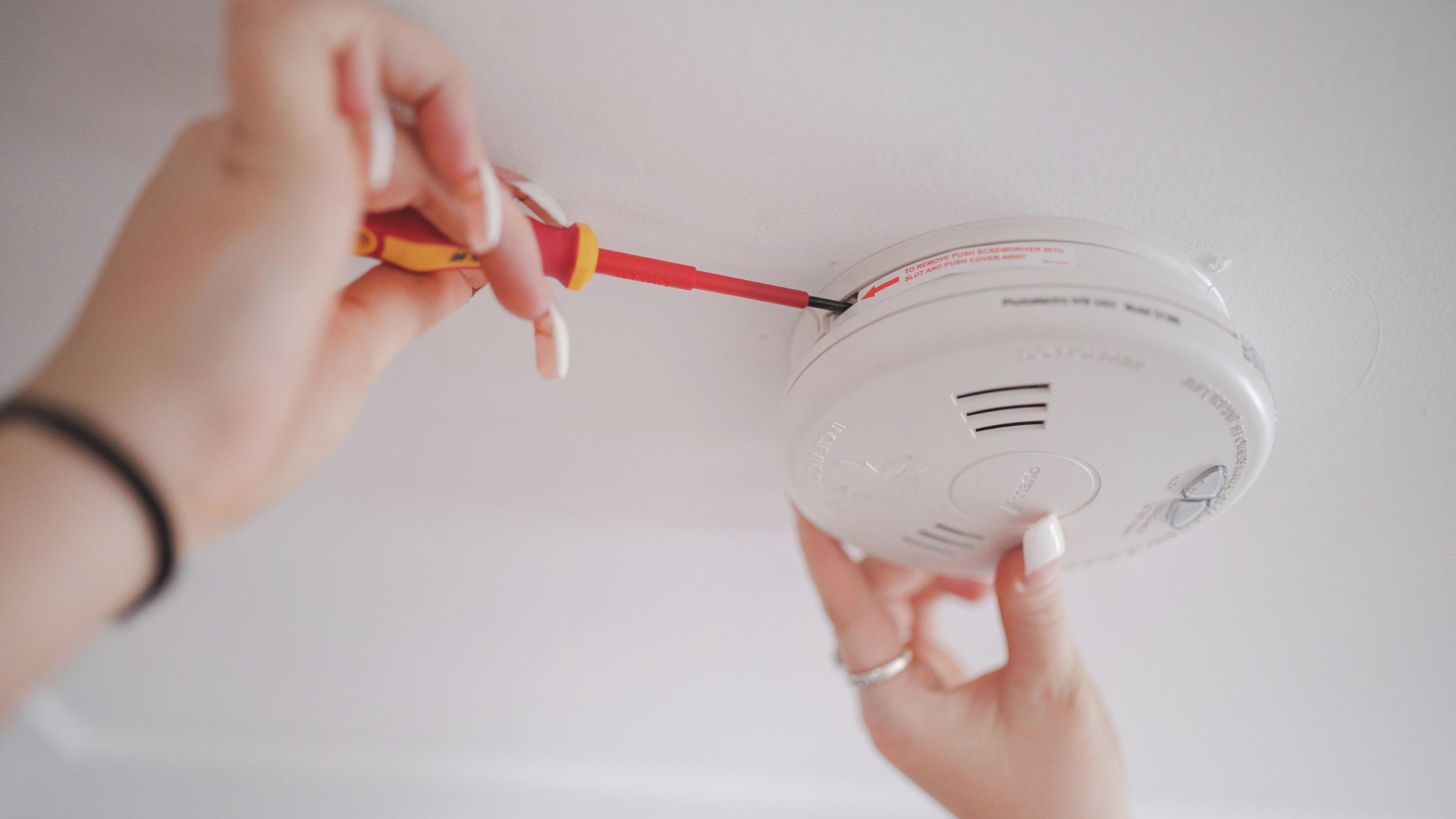
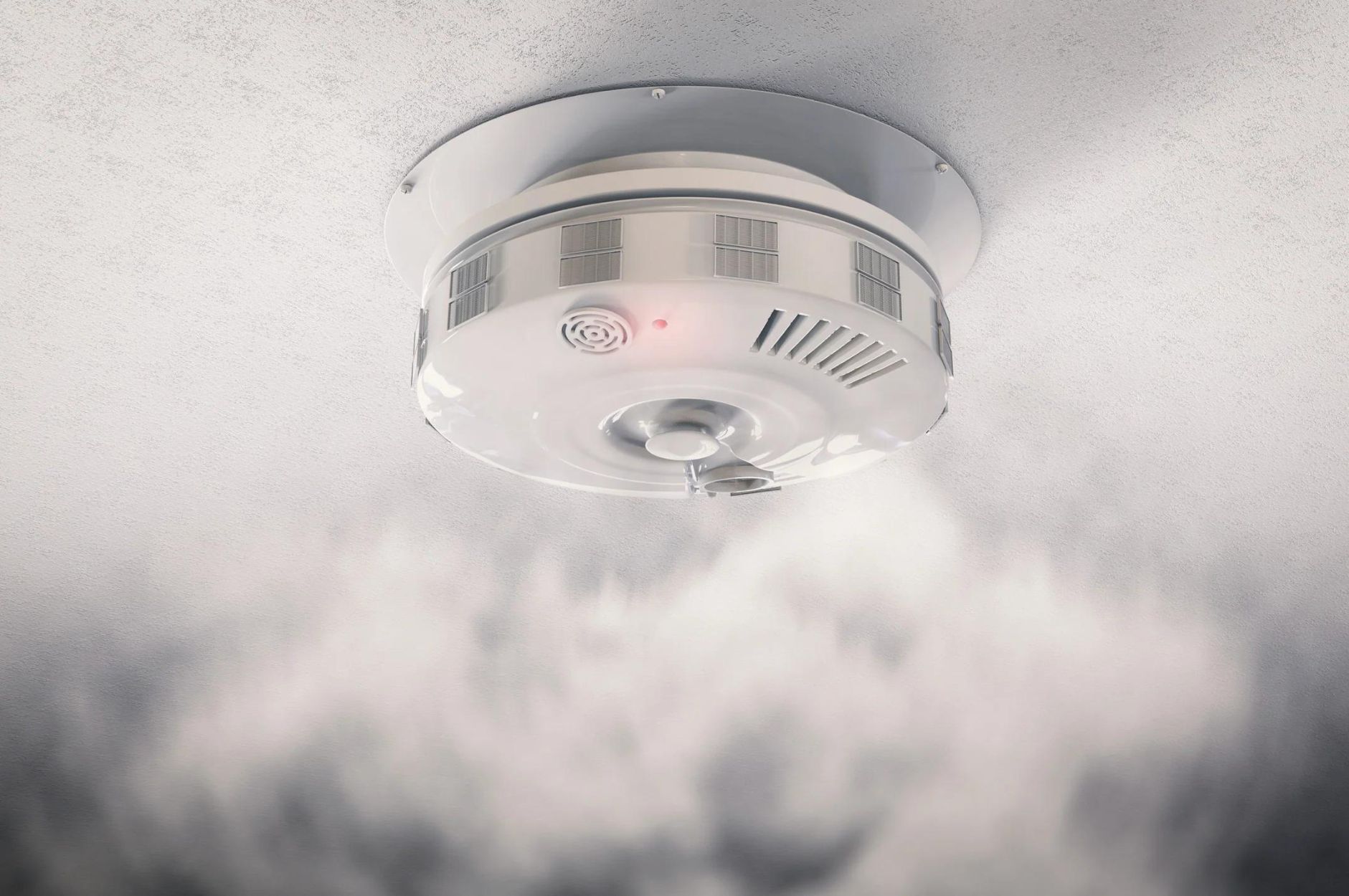
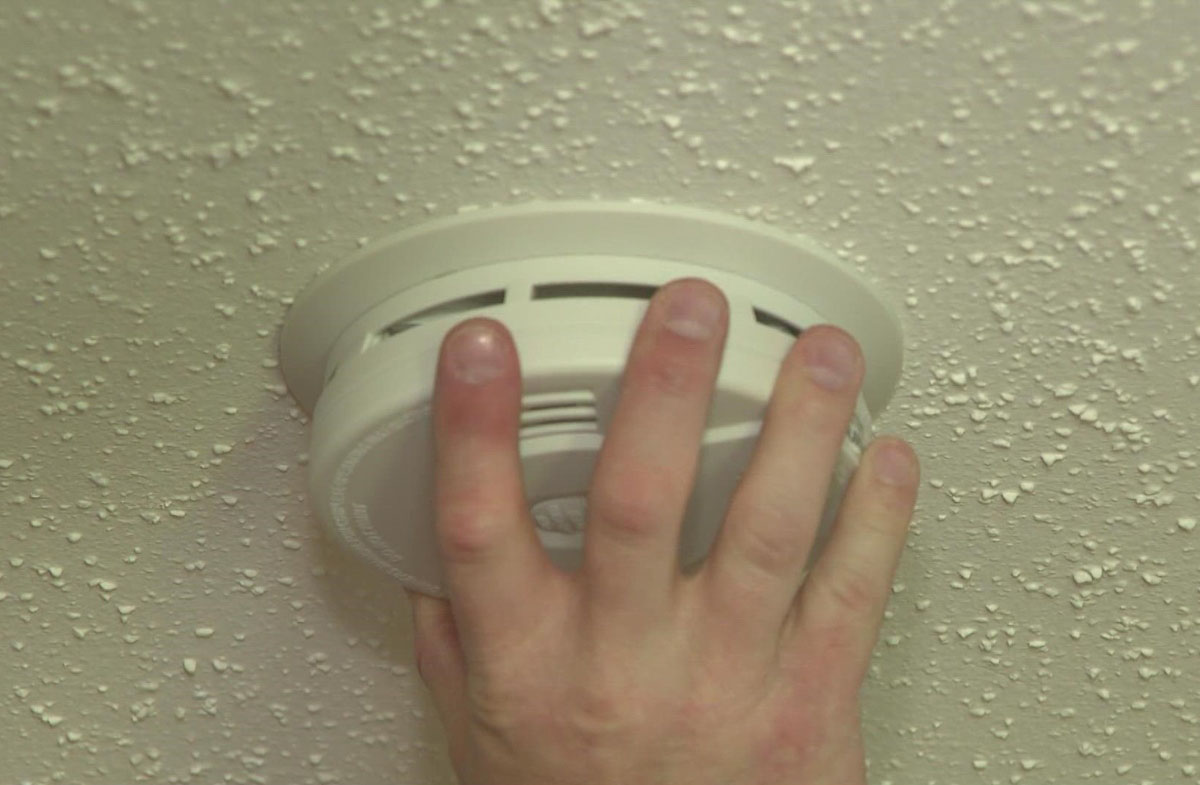
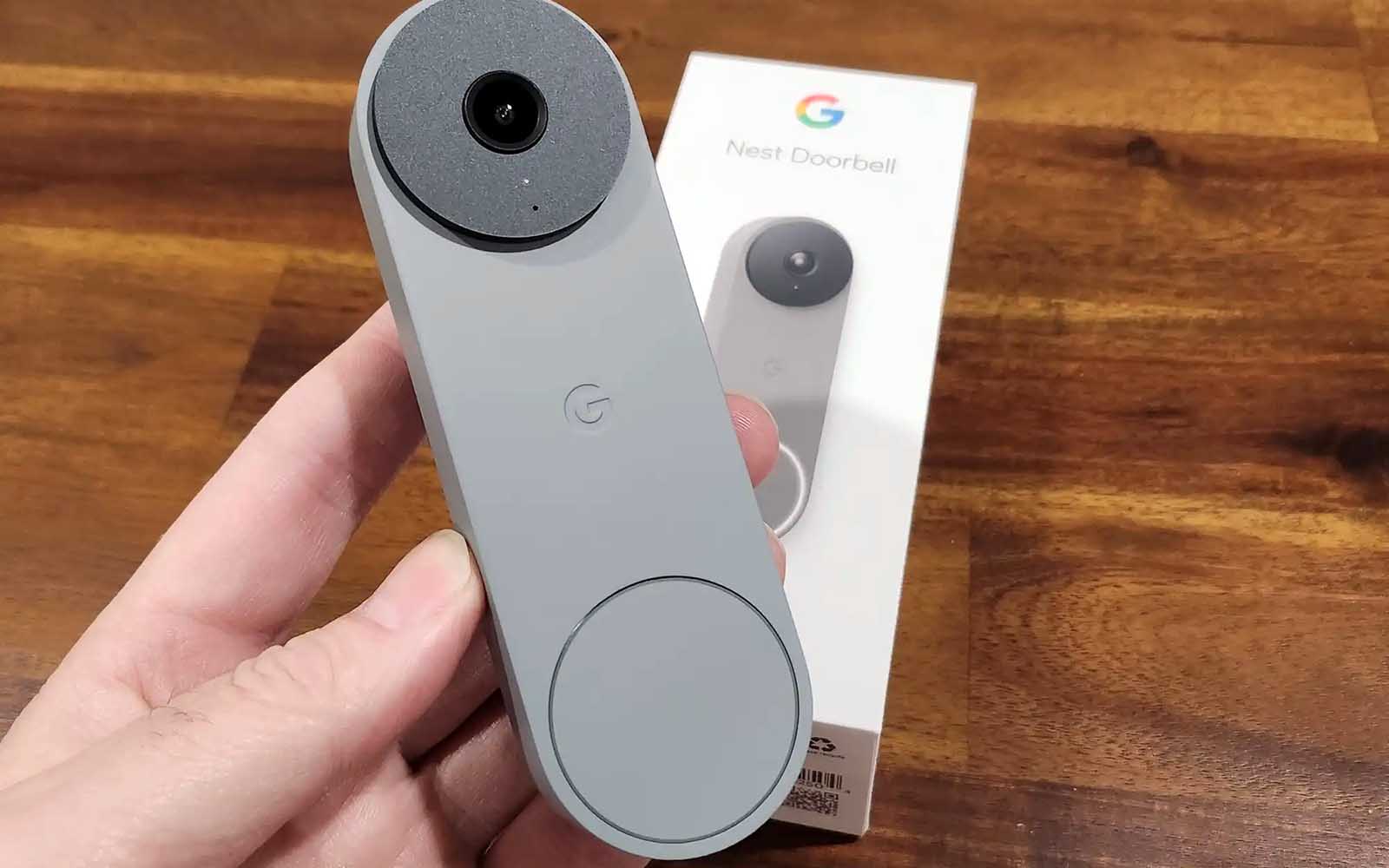
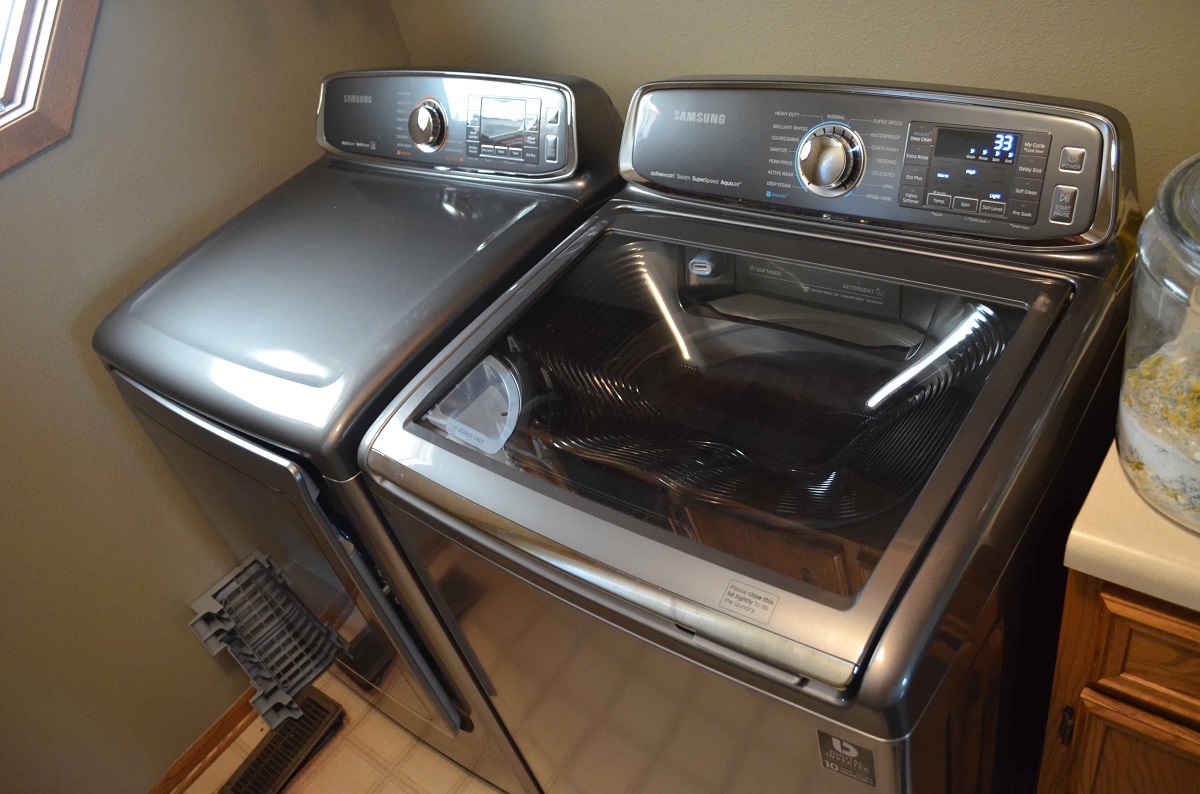

0 thoughts on “How Do You Reset A Smoke Detector”